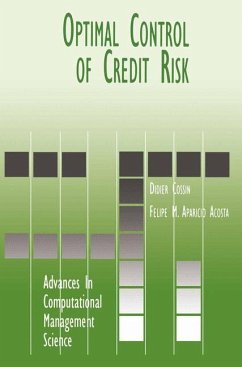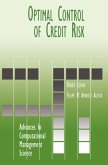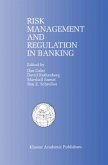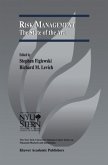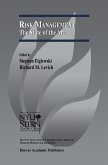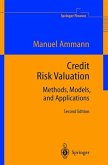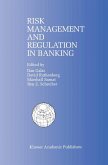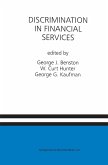Optimal Control of Credit Risk presents an alternative methodology to deal with a financial problem that has not been well analyzed yet: the control of credit risk. Credit risk has become recently the center of interest of the financial community, with new instruments (such as Credit Risk Derivatives) and new methodologies (such as Credit Metrics) being developed. The recent literature has focused on the pricing of credit risk. On the other hand, practitioners tend to eliminate credit risk rather than price it. They do so via collateralization. The authors propose here a methodological basis for an optimal collateralization.
The monograph is organized as follows: Chapter 1 reviews the main avenues of literature related to our problem; Chapter 2 provides a brief overview of the main optimal control principles; and Chapter 3 presents the models and their setting.
In the remaining chapters, the authors propose two sets of programs. One set of programs will apply in cases where the information on the assets=value is readily available (full observation case), while the other applies when costly audits are needed in order to assess this value (partial observation case).
In either case, the modeling stage leads to a set of quasi-variational inequalities which the authors attempt to solve numerically in the simpler case of full observations. This is done in Chapter 6. Finally a simulation analysis is carried out in Chapter 7, in which the authors study the influence on the control process of changes in the different model parameters. This precedes a discussion on possible extensions in Chapter 8 and some concluding remarks in Section 9.
Hinweis: Dieser Artikel kann nur an eine deutsche Lieferadresse ausgeliefert werden.
The monograph is organized as follows: Chapter 1 reviews the main avenues of literature related to our problem; Chapter 2 provides a brief overview of the main optimal control principles; and Chapter 3 presents the models and their setting.
In the remaining chapters, the authors propose two sets of programs. One set of programs will apply in cases where the information on the assets=value is readily available (full observation case), while the other applies when costly audits are needed in order to assess this value (partial observation case).
In either case, the modeling stage leads to a set of quasi-variational inequalities which the authors attempt to solve numerically in the simpler case of full observations. This is done in Chapter 6. Finally a simulation analysis is carried out in Chapter 7, in which the authors study the influence on the control process of changes in the different model parameters. This precedes a discussion on possible extensions in Chapter 8 and some concluding remarks in Section 9.
Hinweis: Dieser Artikel kann nur an eine deutsche Lieferadresse ausgeliefert werden.

